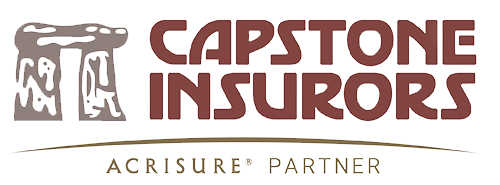Common sense tells us that healthier employees are more productive, have lower absenteeism rates, and are likely to be less costly to a company's health care plan. In an effort to encourage employee health and fitness, and the management of chronic diseases, many companies implement wellness programs. In today's economic climate, however, where cost-cutting measures can be critical to a company's survival, business owners and top management want documentation of the return on the investment put into these programs. Thus, wellness program evaluation can be key to the survival of these programs in a company.
Wellness program evaluation generally falls into two categories: how successfully the program is being administered, which focuses on employee-oriented measures; and program outcome, which measures results versus program objectives, including any involving costs.
In assessing program administration, employee-oriented measures are appropriate, since a program that is successfully marketed and implemented would be expected to reach and satisfy its targeted audience. Thus, evaluating this aspect of a wellness programs looks at employee participation rates; whether those employees in most need of the program initiatives took part; and the level of employee satisfaction with the program. While data on participation, both general and targeted, can be obtained from the program vendor, employee surveys can be used to delve into issues such as overall employee awareness of the program, aspects of the program liked most/least, and reasons for non-participation among employees who fit the program's targeted group but declined to become involved.
Evaluation of program outcomes can be multi-faceted, and should be conducted against the objectives established when the program was implemented. For example, did employee productivity and absenteeism rates improve? Are employees making more use of available preventive health care services? What were health care costs in the years leading up to program implementation, and in the years following? What about workers' compensation and disability costs? The cost benefit payoff of wellness programs can be long range, so are not likely to immediately appear in hard numbers such as health care plan, workers' compensation and disability costs. A way to see if the program is on track to deliver cost savings in these areas in the future is to examine (in the aggregate, so as not to violate employees' protected health information) vital health measures, such as blood pressure readings, blood sugar levels and cholesterol levels. Health risk assessments (HRAs)-which frequently are offered as a kick-off to a wellness program-can be used to collect aggregate pre-wellness-program data, which then can be compared with that from a follow-up HRA conducted some time after program participation has begun.
An unstated requirement for wellness program evaluation is having established goals and objectives to use in the assessment process. A program implemented without these in place cannot be shown to be either successful or unsuccessful. Examine your company's program objectives periodically to ensure they still reflect what the investment in the program seeks to deliver; if objectives were never developed, take steps to do that now, to enable measurement of the program going forward.
